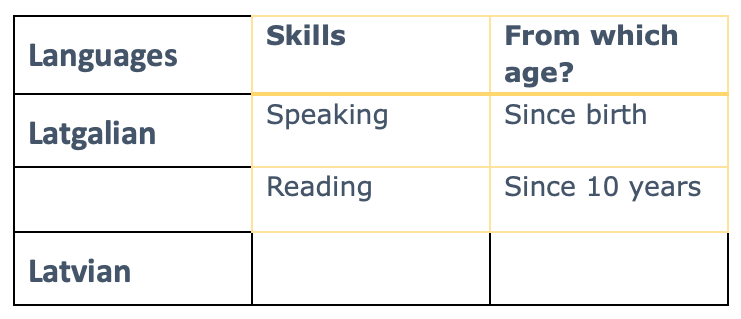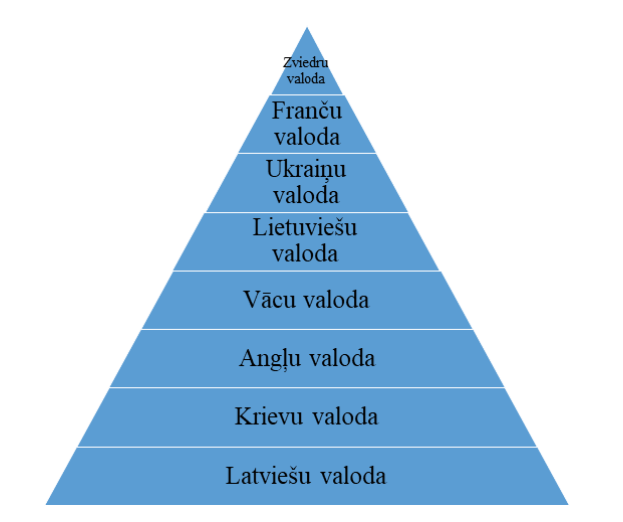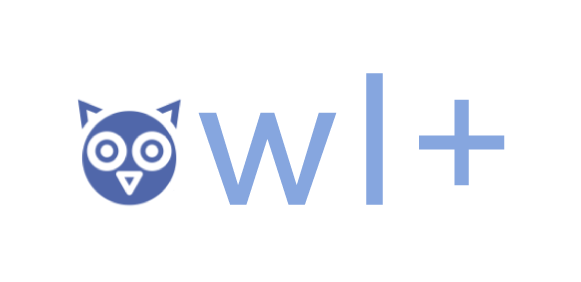Area of Interest: Diverse communication settings
Skills: Listening, Reading, Speaking, and Writing
Competences: Social competence
Age Bracket: 16 – 18
Time Commitment: Over 60 minutes
Affordability: €
Materials:
white sheets of paper, coloured pencils, markers
Expert recommendations:
Language: English
Step 1: Preparation
Prepare all necessary materials and print out empty language portrait worksheets (you can find them here: https://www.multilingualism-in-schools.net/language-portraits/)
Optionally: you can use your own way to draw language portraits or to write language biographies.
Step 2: Introduction: linguistic and cultural identity
- Reflect on your languages and cultures! In which languages, in which situations, with which people do you communicate on a daily basis?
- Write down your ideas, create notes in the language of your choice.
- If it helps you, you can document 1-2 days of your life: in which situations did you speak with whom, and to whom did you write in which language/dialect/other way of expression?
Step 3: Preparing the language biography
- Choose the shape, the way you prefer to create your story about languages in your life (Language CV).
For example, it can be a table with a description of your languages and skills:
 Alternatively, you can prepare your language biography also using a diagram or another type of chart, e.g.:
Alternatively, you can prepare your language biography also using a diagram or another type of chart, e.g.:

- Latvian is my mother tongue, the basis of everything.
- Russian – I sometimes use it for communication in public places, watch TV shows, movies, and listen to music.
Etc.
(Example of the RTA student L.R.)
You can even create a video – a story about languages in your family and your life, e.g.:
- Create your language biography using the way of your choice.
Step 4: Presentation
- Share your language biography with your classmates.
- While listening to your classmates’ narratives (language biographies), prepare and ask questions about language(s) and cultural experiences in his/her family.
- Reflect on the language/dialect you chose for creating your language biography. How would you describe it?
Is it your strongest language, the language used most often, or the language the closest to your heart?
Step 5: Language Portrait
- Draw the outline of the human body or print out the empty language portrait worksheet (https://www.multilingualism-in-schools.net/language-portraits/).
- Choose one colour for each language that you have used when describing your language biography.
- Colour the outline of a person in any way you wish: In your opinion – which colour suits which language, and which part of the body do you associate which language with?
- Choose the language/ dialect in which you will present your work.
- Tell others about your language portrait. Explain the way you created and coloured your language portrait. Comment also on the language/dialect you chose for your oral presentation.

